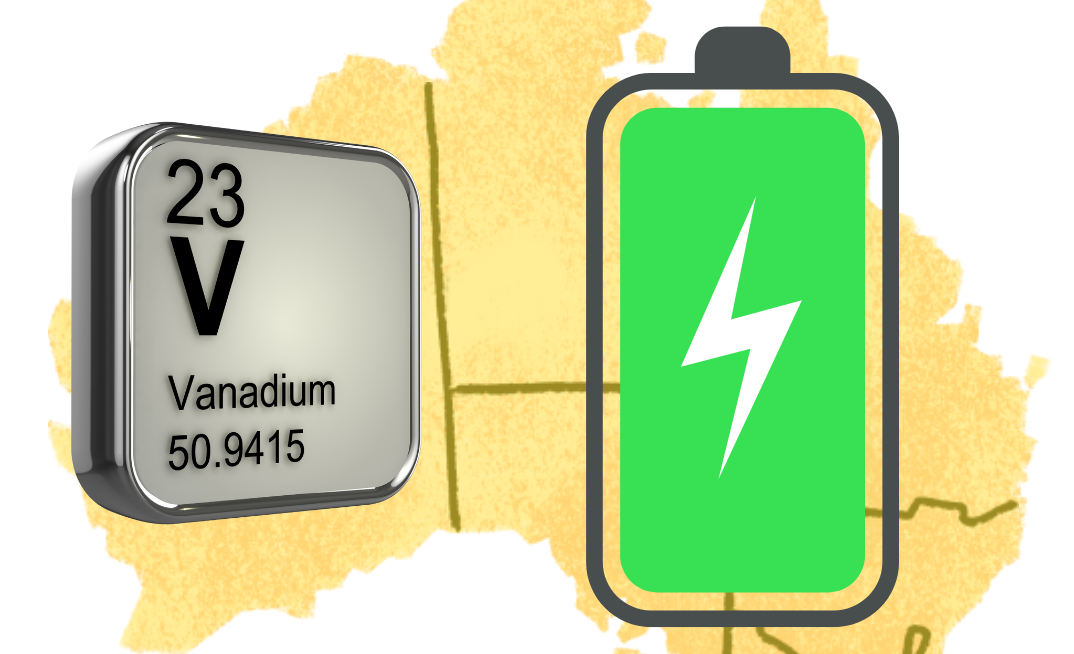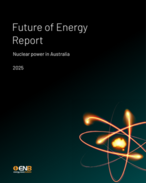Graham Arvidson believes Australia's battery sector is on the cusp of a transformation.
With the re-election in Western Australia of Roger Cook's Labor government, the country's first grid-scale vanadium flow battery is on the horizon for the remote mining town of Kalgoorlie.
YOU MIGHT ALSO LIKE
Cook promised that if re-elected, the government would commission the installation of a 50 MW, 10-hour vanadium battery using locally sourced vanadium.
Arvidson, the CEO of Australian Vanadium Limited (AVL), reports his company is developing a fully vertical-integrated pit-to-shelf process to be installed on the outskirts of Kalgoorlie.
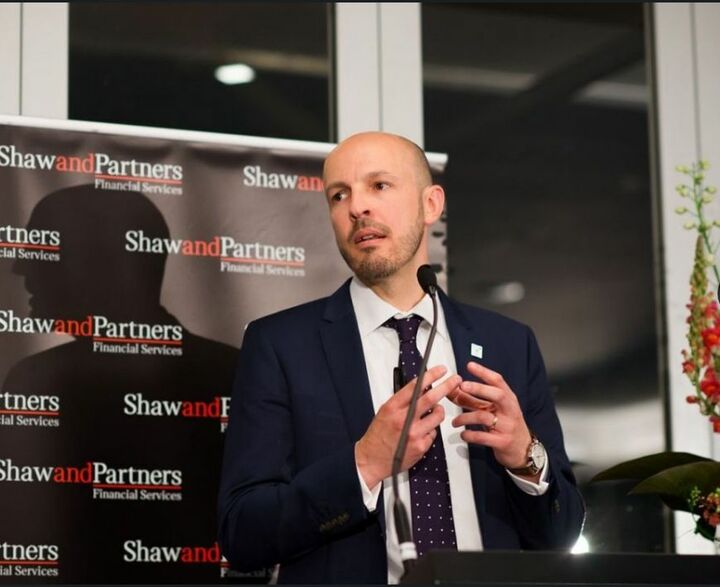
"It's by far the largest project outside of China, and that forever removes this friction, which is that no one's done it yet," Arvidson said, describing its Kalgoorlie project as the "dam wall breaking moment" for his company.
"It's been happening for five years in China at an incredible scale, and it's all working very well, but people still have this hesitancy because we haven't done it in Australia yet," Advison said.
"It's about removing once and for all any hesitation around the risk of deploying at scale, and that's what Kalgoorlie will do. It'll put to bed once and for all that problem, which is ‘how do you take what's done at huge scale overseas already and deliver it in the Australian delivery model?" he said.
While Arvidson admits that AVL is not ready to deliver the $150 million Kalgoorlie project, the firm is undoubtedly well positioned.
As reported in ENB, AVL was granted approval in January for its plans to develop an open-cut mine and concentrator at Gabanintha, WA.
Arvidson emphasises the approval was an "incredible derisking moment" and that his company is now focused on completing feasibility studies and gaining approvals for the development of the proposed processing site east of Geraldton, WA.
While aware of approval and red tape timelines, Arvidson says AVL's position as part of the WA government's Green Energy Major Projects team can hopefully smooth that process.
And in Arvidson's mind, the timing could not be better, with demand for vanadium batteries starting to take off.
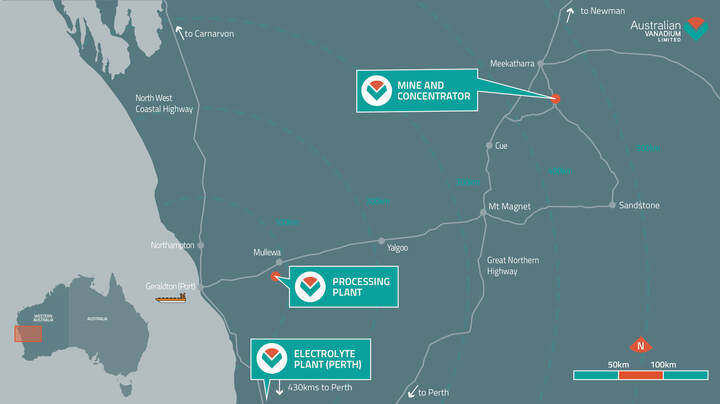
Referring to a forecast by the CRU Group, which said that by the end of 2025, China will become a net importer of vanadium, Australia's Asian neighbours are the key to the sector's expansion.
"China produces and consumes about 65% of the world's vanadium supply and historically, when China becomes a net importer, that means the market is tight.
"So, there are all the fundamentals there that that tightness is driven by batteries."
The scale of China's implementation of vanadium batteries is significant.
More than 100 utility batteries are being built currently. Notably, in December, they commissioned a 700 MWh battery—not only the largest vanadium battery in the world but also one of the largest batteries of any type.
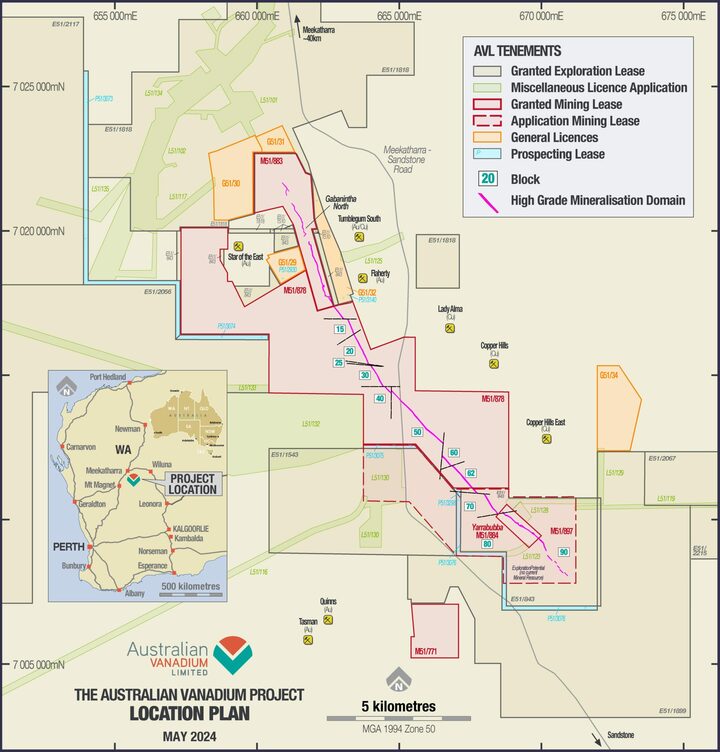
And this came after three other 400 MWh batteries were commissioned in the same month.
"So, you can kind of get a sense for the scale of it," added Arvidson.
"To put all that in context, this Kalgoorlie battery that Labor has committed to is about 2% of the world's vanadium supply right in one single battery.
"In terms of our project being developed, the offtake matters, the market has to be there" he said, adding that the Chinese demand signifies a "game-changing structural change in the vanadium market."
Arvidson, a Canadian who's been living in Australia for around 20 years, said: "In my Canadian words – you ‘skate to where the puck is going to be.'"
The demand for long-duration batteries is forecast to rise dramatically.
"AEMO says the average duration of batteries going forward needs to come out at about 11 hours. The Kalgoorlie battery, for example, is a 10-hour battery; some of the LTESA batteries in NSW are now eight hours for the first time ever. So, you can see where the energy industry is going.
"And then in the next 20 years, you're talking between five and 10GWh per year of new long, long duration batteries,' he adds.


